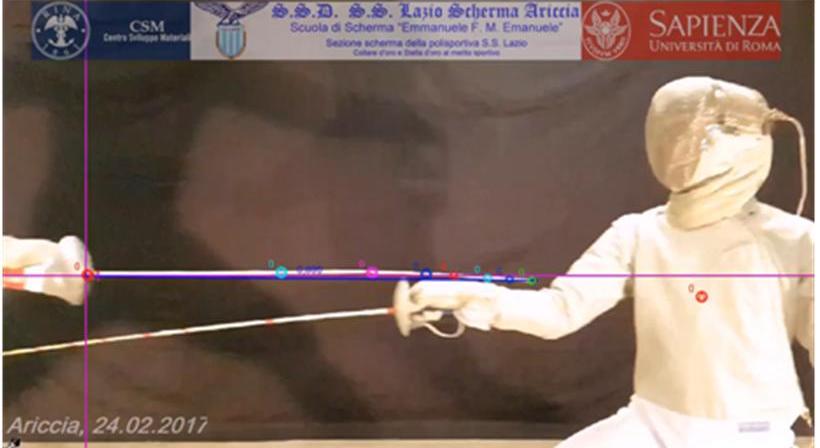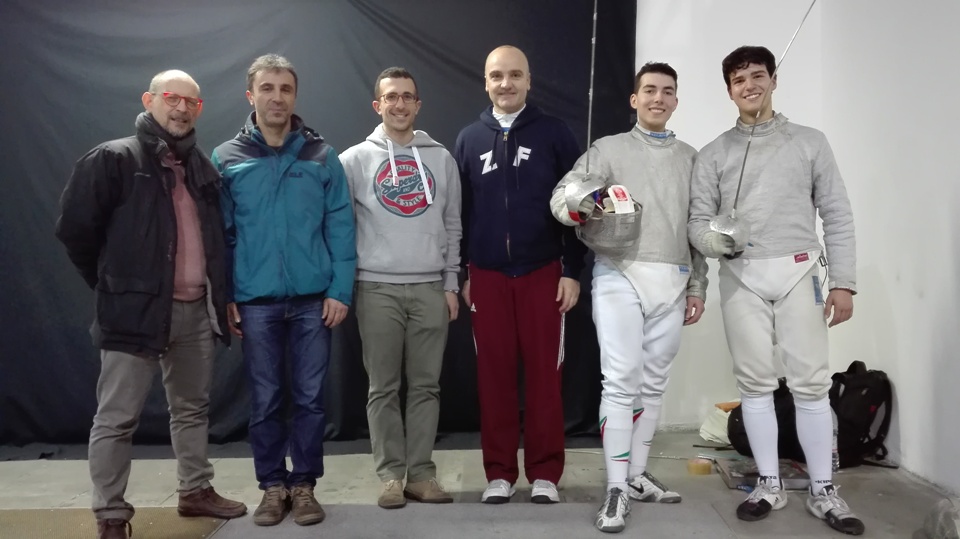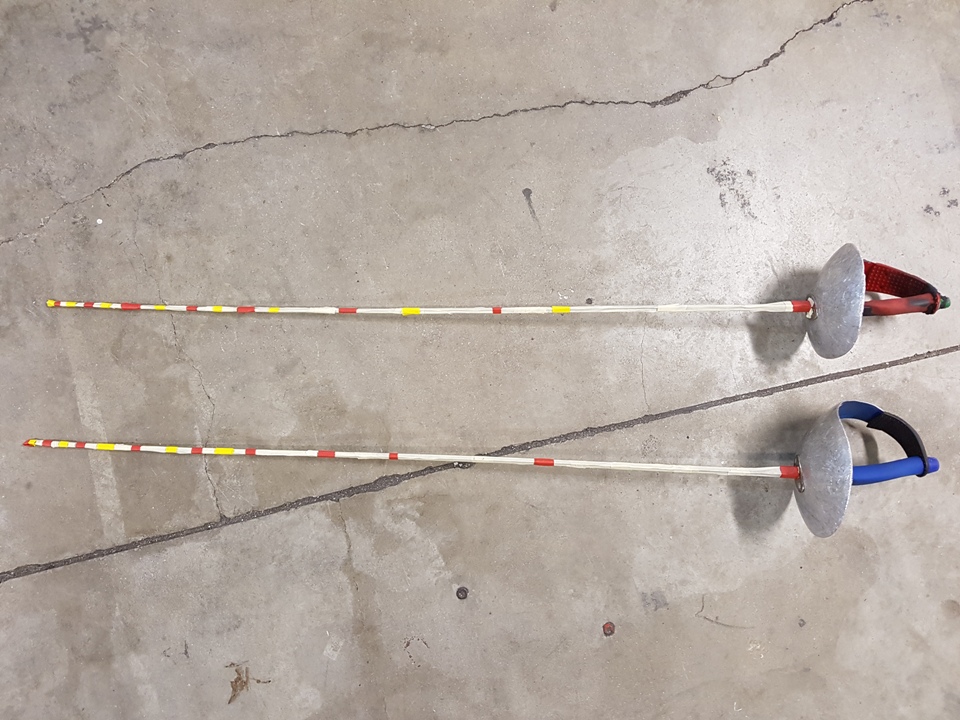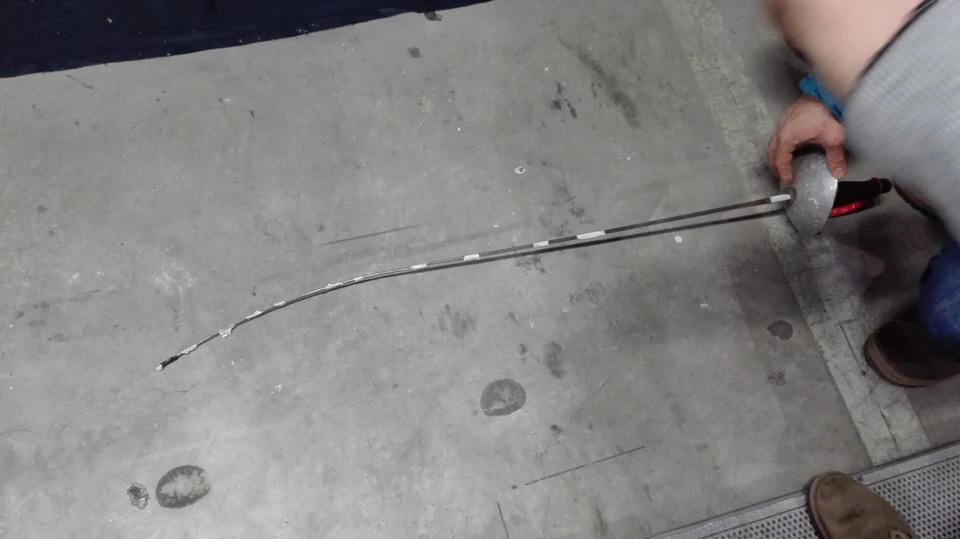“For almost two years you have been following us on our journey into the topic of safety and duration of saber blades.
Over these two years we have confirmed some opinions and we have studied some aspects:
– Male and female saber fencers treat the blades in a different manner;
– There are three types of saber fencer, depending on how they behave with the blade, ie technical (gentle with blade), dynamic (rough with blade) and intermediate;
– The duration of the blades has a significant impact on the risk of accidents due to the so-called abnormal blade breaking.
Thanks to the fact that we monitored the duration and abnormal breakage of a large number of blades, 79 for male saber fencers and 30 for females, we were able to significantly lower the risk of an accident in the hall during training. In the end we have suggested the use of some types of blade for certain athletes and completed excluded the use of others.
Furthermore, thanks to this information, we have been able to classify the blades according to a single performance parameter, which couples the duration with the tendency to abnormal breakage (an article will be published shortly in a specialized foreign magazine…be patient).
What we lacked was the picture of the real operating conditions of the blades, ie the loads to which they are subject, the impact velocity, etc. This data would have allowed us, on one hand, to better understand certain behavior of the blades, and on the other to suggest tests based on ideal and repeatable conditions in laboratory.

The Centro Sviluppo Materiali (Materials Development Centre at the RINA Group’s technological centre) has proposed a thesis on this subject at the University of Rome La Sapienza – at the Department of Mechanical and Aerospace Engineering, entrusted by Prof. Cortese to MSc. Vivaldi: “Numerical-experimental study of the dynamic behavior of an Olympic saber”. Msc. Vivaldi (born in Rome in 1990 and already graduated in aerospace engineering) asked us to provide sabers, athletes, pists and during two specific sessions he elaborated the images taken during the simulated bouts.
For the full results you will have to wait for the presentation of MSc. Vivaldi’s thesis, but in the meanwhile we will show you some videos with the “analysed” sabers, we can inform you that the speed of impact of the blades on the opponent’s chest touch the 30Km / h: not bad is it? At the end of the session the blades were practically thrown away, only to make you understand the stress to which they were subject to.

The complete work group: from the left, MSc. Mazzarano, Prof. Cortese, MSc. Vivaldi, our M ° Castrucci and the skilful athletes Sellati and Albanesi, who have submitted their sabers to a extremely tiring ‘tour de force’
(take a look at the blades before and after the bouts!)
Continue to follow us because we are preparing a brief summary of what has been done so far.

Stay tuned!”
Vincenzo and Andrea


